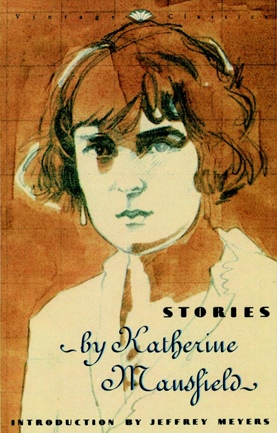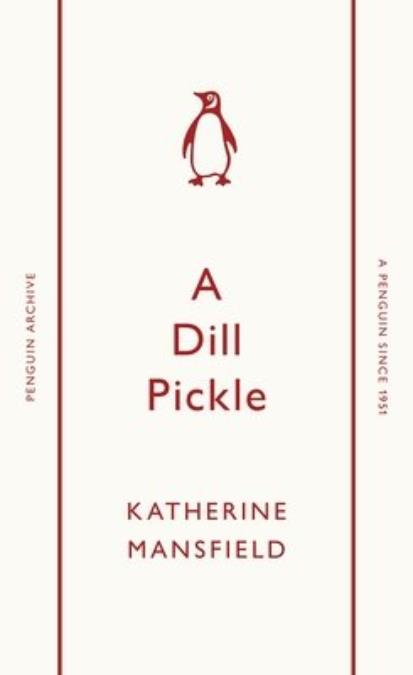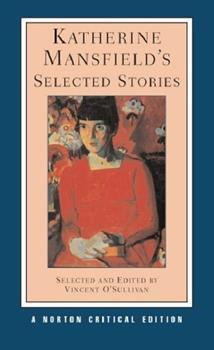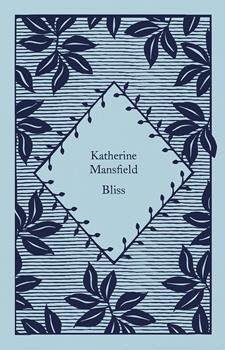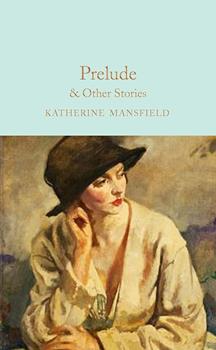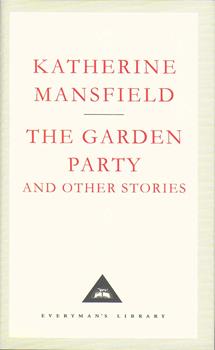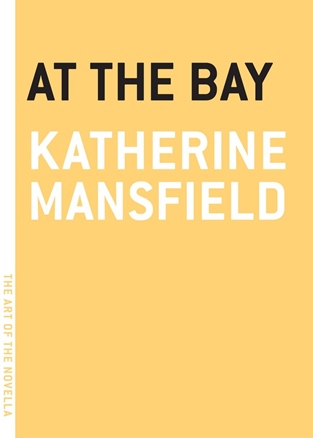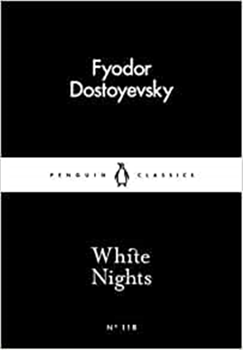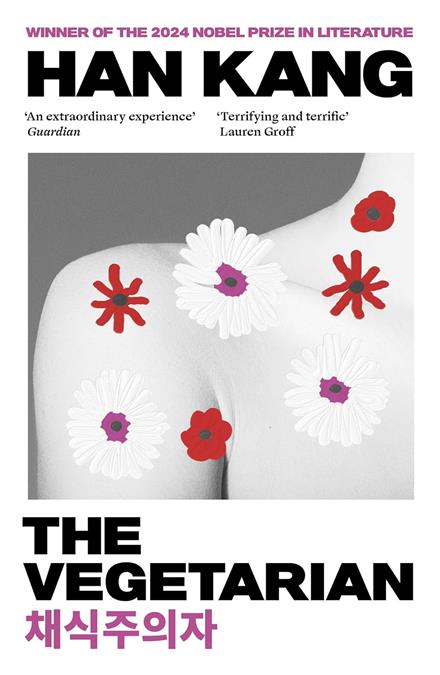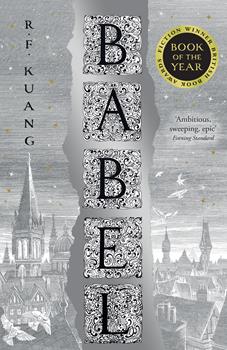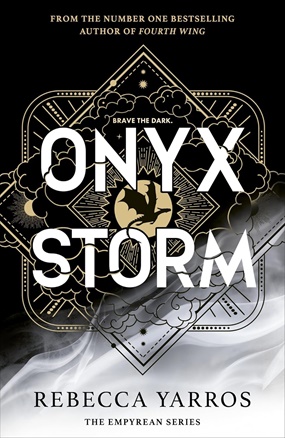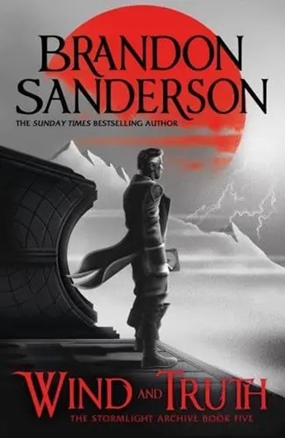Description
Although Katherine Mansfield was closely associated with D.H. Lawrence and something of a rival of Virginia Woolf, her stories suggest someone writing in a different era and in a vastly different English. Her language is as transparent as clean glass, yet hovers on the edge of poetry. Her characters are passionate men and women swaddled in English reserve -- and sometimes briefly breaking through. And her genius is to pinpoint those unacknowledged and almost imperceptible moments in which those people's relationships -- with one another and themselves -- change forever. This collection includes such masterpieces as "Prelude," "At the Bay" "Bliss," "The Man Without a Temperament" and "The Garden Party" and has a new introduction by Jeffrey Meyers.
About the Author
Kathleen Mansfield Murry (née Beauchamp) was a prominent New Zealand modernist writer of short fiction who wrote under the pen name of Katherine Mansfield.Katherine Mansfield is widely considered one of the best short story writers of her period. A number of her works, including "Miss Brill", "Prelude", "The Garden Party", "The Doll's House", and later works such as "The Fly", are frequently collected in short story anthologies. Mansfield also proved ahead of her time in her adoration of Russian playwright and short story writerAnton Chekhov, and incorporated some of his themes and techniques into her writing.Katherine Mansfield was part of a "new dawn" in English literature withT.S. Eliot,James JoyceandVirginia Woolf. She was associated with the brilliant group of writers who made the London of the period the centre of the literary world.Nevertheless, Mansfield was a New Zealand writer - she could not have written as she did had she not gone to live in England and France, but she could not have done her best work if she had not had firm roots in her native land. She used her memories in her writing from the beginning, people, the places, even the colloquial speech of the country form the fabric of much of her best work.Mansfield's stories were the first of significance in English to be written without a conventional plot. Supplanting the strictly structured plots of her predecessors in the genre (Edgar Allan Poe, Rudyard Kipling, H. G. Wells), Mansfield concentrated on one moment, a crisis or a turning point, rather than on a sequence of events. The plot is secondary to mood and characters. The stories are innovative in many other ways. They feature simple things - a doll's house or a charwoman. Her imagery, frequently from nature, flowers, wind and colours, set the scene with which readers can identify easily.Themes too are universal: human isolation, the questioning of traditional roles of men and women in society, the conflict between love and disillusionment, idealism and reality, beauty and ugliness, joy and suffering, and the inevitability of these paradoxes. Oblique narration (influenced by Chekhov but certainly developed by Mansfield) includes the use of symbolism - the doll's house lamp, the fly, the pear tree - hinting at the hidden layers of meaning. Suggestion and implication replace direct detail.
